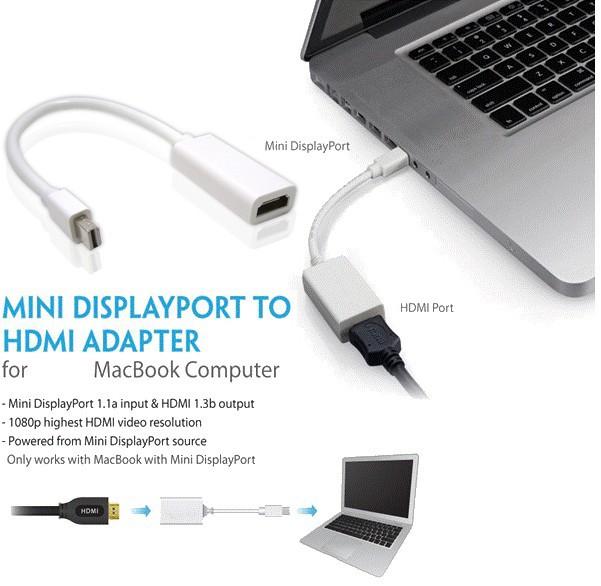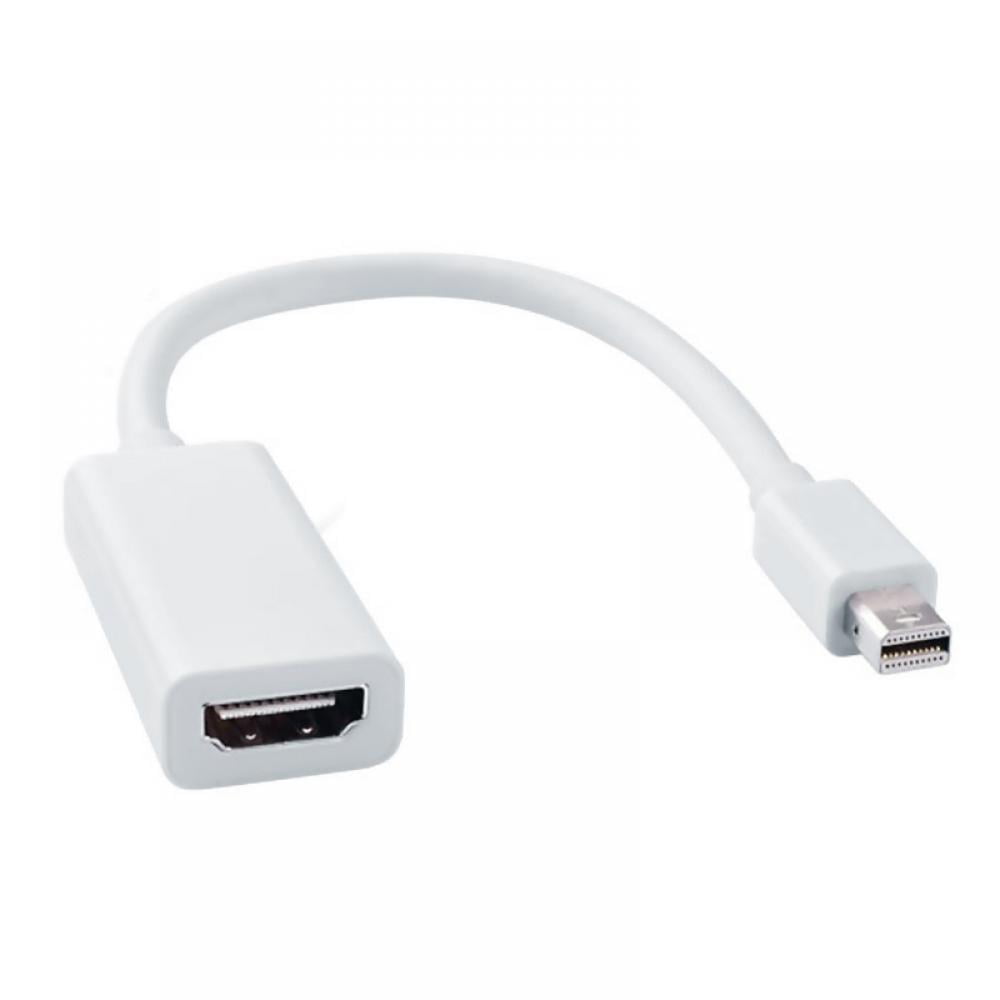
If a cable is extended with adapters or converters, the signal quality degrades. The input and the output signal will match on a video extender, as the same video standard is maintained end-to-end. Video extenders convert an input signal to a higher voltage for transmission over longer distances and then convert the input signal back to the original video standard. Video converters work over short distances from the source to the destination: up to 15 feet or 3 meters. They are typically used to convert digital to analog and vice versa, but can be used to convert a digital signal to another digital video standard (for example, HDMI to DisplayPort). Video converters actively process and change the signal type from one video standard and convert it to another standard. However, each coupler that you use can introduce signal loss, which degrades the signal quality. Note: You can use a coupler to extend a cable for a short distance.


Video adapters do not change the signal type, or change the video standard.Įxamples of common applications for adapters include the following:Ĭouplers (female to female, or male to male) Video adapters passively adapt a cable from one connector type to another. Note: offers cables longer than what is listed above, including active cables, which typically include built-in active signal boosters that allow for longer cables. Active cables are specifically designed to exceed the suggested maximum lengths and are tested at the listed specifications (for example, the maximum listed resolution). The following table lists the maximum length of cable for common video standards. In many cases, most video converters and extenders are not necessary if you purchase the correct cable. You should only use video converters and extenders if it is absolutely necessary to do so. Note: HDMI to DVI cables, adapters and converters do not support audio unless otherwise noted in the Technical Specifications tab on the product page on the website. The destination is compatible with the source's audio format. The source is set up to output audio over HDMI. If you are experiencing issues with audio over HDMI, ensure that the following is true: If you are using 4K resolutions, test with a shorter cable. Test at a lower resolution, for example, 1024 x 768.

Hdmi converter cable for mac 1080p#
For example, if the video destination is only capable of 720p, then the video source cannot output 1080p or 1920 x 1080, as that exceeds the capabilities of the video source destination. Verify that the source resolution matches the capabilities of the video source destination. When you test the HDMI cable, video source, and video destination, it is recommended that you do the following: Ideally, you should test a component that you know works in another setup.

Use a different HDMI cable, video source, and video destination in your setup to see if the problem persists. Use the HDMI cable, video source, and video destination in another setup to see if the problem is with the components or the setup. To test your setup components, try the following: You can test to make sure that the following components are working correctly and are not the source of the issue: When you troubleshoot issues with an HDMI cable, there are some quick tests that you can complete to rule out potential problems.


 0 kommentar(er)
0 kommentar(er)
